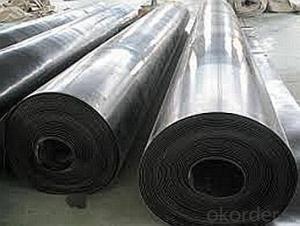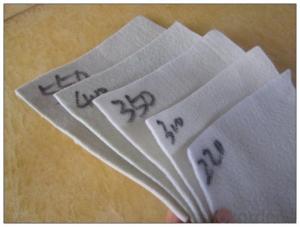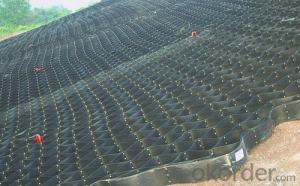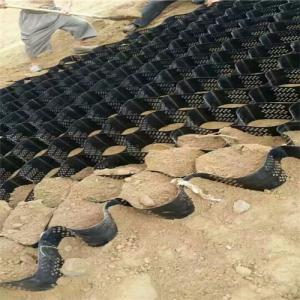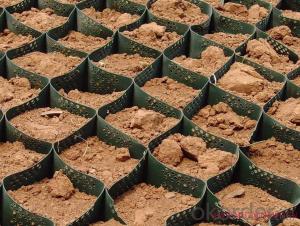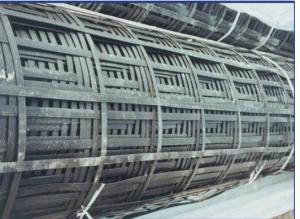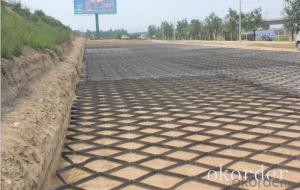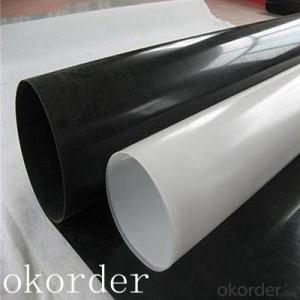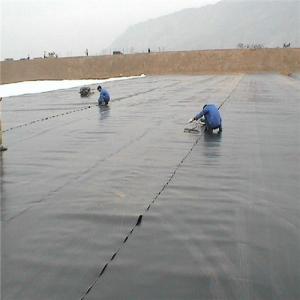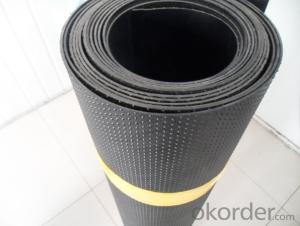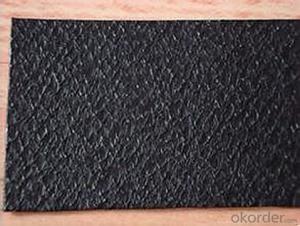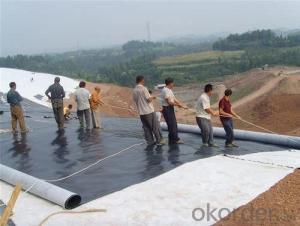All Categories
- - Steel Wire Rod
- - Steel Coils
- - Steel Profiles
- - Steel Pipes
- - Stainless Steel
- - Tinplate
- - Special Steel
- - Steel Sheets
- - Steel Rebars
- - Steel Strips
- - Hot Rolled Steel
- - Cold Rolled Steel
- - Pre-painted Steel
- - Seamless Steel Pipe
- - Welded Steel Pipe
- - Hollow Steel Tubes
- - Galvanized Pipe
- - Stainless Steel Coil
- - Stainless Steel Sheet
- - Stainless Steel Plate
- - Stainless Steel Strips
- - Electrolytic Tinplate Coil
- - Electrolytic Tinplate Sheet
- - Stainless Steel Rebars
- - Solar Panels
- - Solar Water Heater
- - Solar Related Products
- - Solar Inverter
- - Solar Cells
- - Solar Light
- - Solar Energy Systems
- - Solar Controllers
- - Solar Mounting System
- - Solar Pump
- - Solar Chargers
- - Fiberglass Chopped Strand
- - Fiberglass Mesh Cloth
- - Composite Pipes
- - FRP Pultrusion Profiles
- - Fiberglass Mat Tissue
- - Fiberglass Fabrics
- - Fiberglass Mesh
- - Composite Tank
- - Fiberglass Mesh tape
- - Polymer
- - FRP Roofing Panel
- - Fiberglass Roving
- - Monolithic Refractories
- - Ceramic Fiber Products
- - Refractory Bricks
- - Raw Materials For Refractory
- - Suspended Platform
- - Cranes
- - Concrete Machinery
- - Earthmoving Machinery
- - Building Hoist
- - Road Building Machinery
- - Plastic Pipe Fittings
- - Plastic Tubes
- - Plastic Sheets
- - Agricultural Plastic Products
- - Plastic Nets
 All Categories
All Categories
Q & A
What measures are taken to protect against soil liquefaction in areas prone to earthquakes during earthwork?
In areas prone to earthquakes during earthwork, various measures are taken to protect against soil liquefaction. Some commonly employed measures include:
1. Ground improvement techniques: This involves strengthening the soil by adding materials such as sand, gravel, or stone columns to increase its stability. This helps in reducing the potential for liquefaction during an earthquake.
2. Soil compaction: Adequate compaction of the soil is crucial to minimize the risk of liquefaction. This is achieved by using heavy machinery to compact the soil layers, ensuring they are densely packed and less susceptible to liquefaction.
3. Drainage systems: Efficient drainage systems are installed to prevent the accumulation of excess water in the soil. Excess water can significantly increase the likelihood of liquefaction, so proper drainage helps mitigate this risk.
4. Soil densification: Techniques like vibrocompaction or dynamic compaction are employed to densify loose or sandy soils. These methods involve applying mechanical energy to the soil, which rearranges its particles and increases its density, making it more resistant to liquefaction.
5. Geotechnical investigations: Prior to any construction, thorough geotechnical investigations are conducted to assess the soil conditions and potential for liquefaction. This helps in designing appropriate measures and foundations to counteract the effects of liquefaction.
By implementing these measures, construction projects in earthquake-prone areas can significantly reduce the risk of soil liquefaction and enhance overall safety.
How are cut and fill calculations adjusted for compaction factors?
Cut and fill calculations are adjusted for compaction factors by considering the increase in soil density due to compaction. The compaction factor, also known as the shrinkage factor, accounts for the change in volume that occurs when soil is compacted. To adjust for this factor, the volume of soil to be cut or filled is multiplied by the compaction factor to determine the adjusted volume. This ensures that the calculations account for the increased density resulting from compaction, providing a more accurate estimation of the required cut or fill quantities.
How do you determine the soil's bearing capacity for earthwork?
To determine the soil's bearing capacity for earthwork, various tests and methods can be used. These include conducting standard penetration tests (SPT) or cone penetration tests (CPT) to measure the soil's resistance to penetration. Other methods involve performing plate load tests or using pressure cells to measure the soil's ability to withstand pressure. Additionally, analyzing the soil's composition, density, moisture content, and shear strength through laboratory testing can also help determine its bearing capacity.
Wholesale Earthwork from supplier in Belize
We are a Earthwork supplier serving the Belize, mainly engaged in the sale, quotation, and technical support services of various Earthwork products in the Belize region. We are a subsidiary platform of the Fortune Global 500 company CNBM, able to provide you with one-stop Earthwork procurement services in the Belize. Not only do we have a wide range of Earthwork products, but after years of market development in the Belize, we can also provide valuable experience for your projects.
